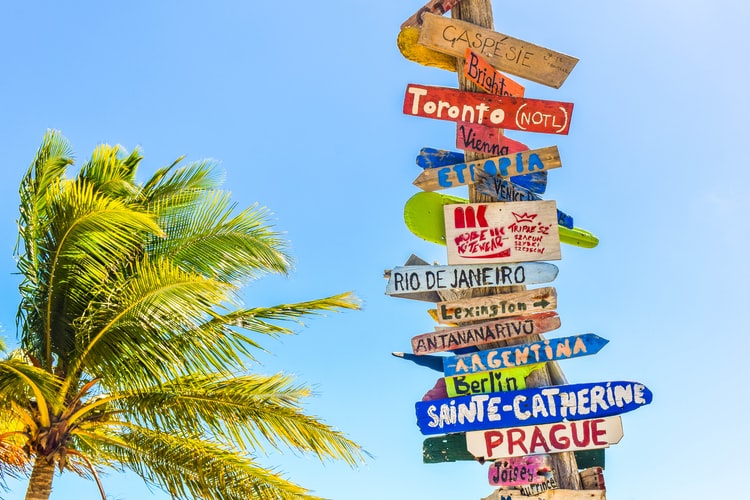“The travelers are staying longer and spending more money. When you look at it in that sense, I’d say it’s very positive.”
− Craig Ray, Director of Tourism Division of Mississippi Development Authority.
All tourists are not the same. Just as they may belong to different regions, they may be of different age groups and earn different incomes and have different tastes and preferences to live their lives in a certain manner; the tourists also have different choices when it comes to selecting the mode of travel, destination, and the activities at the destination.
Tourism market segmentation is the strategic tool for getting a clear picture of diversity among the tourists. The tourism researchers and the tourism industry use market segmentation information to study the opportunities for competitive advantage in the marketplace.
What is Market Segmentation?

Market segmentation is nothing but dividing the total consumer market into groups to be able to communicate with them and provide their specific needs.
Smith (1956) introduced the concept of market segmentation as a strategic tool. He stated that “Market segmentation (…) can be viewed as a heterogeneous market (one characterized by divergent demand) as a number of smaller homogeneous markets”.
Why Segment the Tourism Market?
Every tourist being different, the tourism industry possibly is not capable of satisfying every individual’s need. This is the foundation of segmenting the total market.
While all tourists are different, some of them are similar to each other. Marketing force of a tourism business group the tourists into various segments that categorize the similar as well as distinct members. Market segmentation can be applicable to any of the tourism supply components and provides benefits as given below −
● It helps to understand specific demands of the consumers.
● It helps to allocate marketing expenses efficiently.
● It helps to create effective marketing strategies to target specific market segment.
Tourism Market Segmentation
The tourism market segmentation can be broadly divided into the following types −
Geographic
Geographic market segmentation is done considering the factors such as tourists’ place of origin. This factor is important as the tourists belonging to different places are brought up with different cultures and show different traits of behavior. It is the most basic type of segmentation.
Demographic
This segmentation is done by considering the tourist’s gender, age, marital status, ethnicity, occupation, religion, income, education, and family members.
Psychographic
The marketing people do this segmentation by taking into account the psyche of the tourists. They gather information about the tourists’ interests, attitudes, their way of living life, opinions, and overall personality.
Classes of Tourists
Depending upon the motives and the way of touring, there are various classes of tourists −
Tourists Travelling with Families
The tourists who visit places with their first and extended families, or families of relatives. One person, generally the head of the tourist family is the decision maker. The families generally travel for holidays and leisure and tend to expend sparingly. They generally are keen on receiving the best services for what they have paid. They tend to carry more luggage.
Single Tourists
They travel alone and are independent. They are alone but not lonely; as tourism is what they pursue as a hobby. The gap year travelers, unmarried persons, widows/widowers, backpackers, and solitary tourists travel single. They decide for themselves and tend to expend more. They tend to carry less stuff on the journey. They tend to behave balanced if any challenging situation occurs and are rational towards tour schedules.
Groups of Tourists
Students from schools and universities as members of educational tours, fellows of various fraternities with common interests, groups of newly-weds, or senior citizens.
Tourists Visiting Friends and Relatives
These tourists travel to meet friends or relatives, or to attend a celebration or gatheringl. These tourists generally plan their tours in the breaks such as Diwali holidays, Christmas holidays, or any kind of long break when most of the people have break.
Business Tourists
They are the professional tourists on the business trips. They decide for themselves but do not spend much money. For example, a sales or a marketing person travels to another city to attend a business fair, and business manager travels to another country for business deals.
Incentive Tourists
They tour for consuming the reward they received in the form of a few days’ family holiday package at some hotel or resort. Such rewards are generally distributed if an employee performs outstanding to achieve the goals.
Health Tourists
These tourists travels to places with the agenda of health on their mind. They travel to avail some special medical treatment, operation, surgery, medication, or inexpensive aesthetic surgeries available in different country. Some tourists in this category also travel if they are receiving some illness from the climate at their residence such as Asthma.


Comments are closed